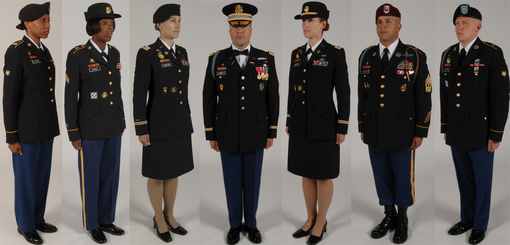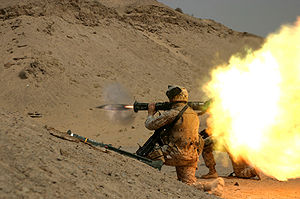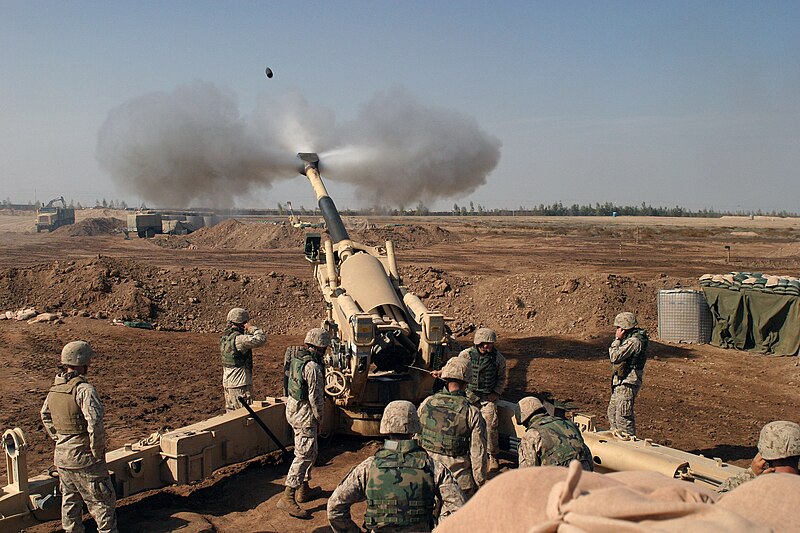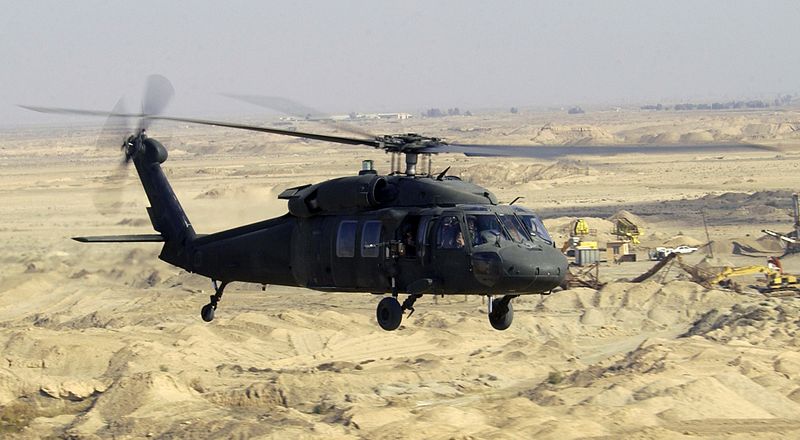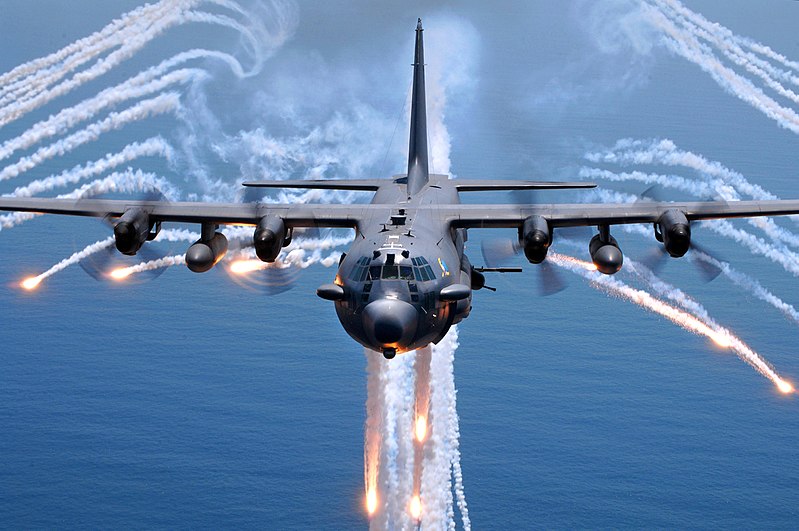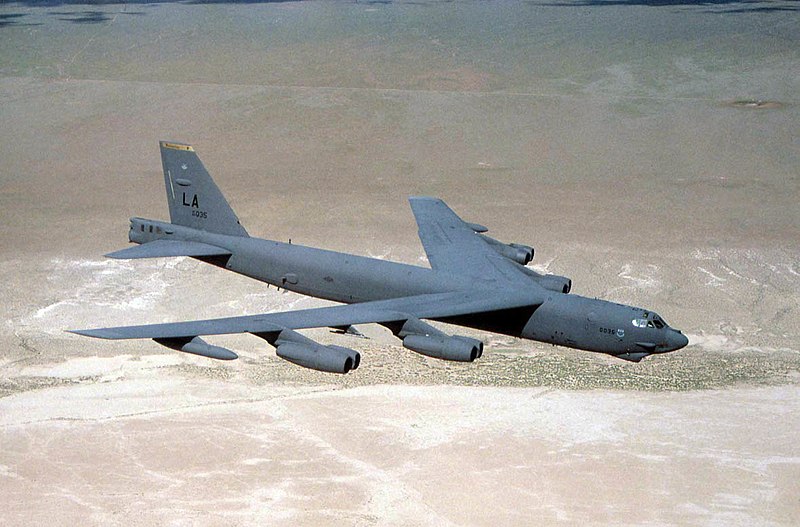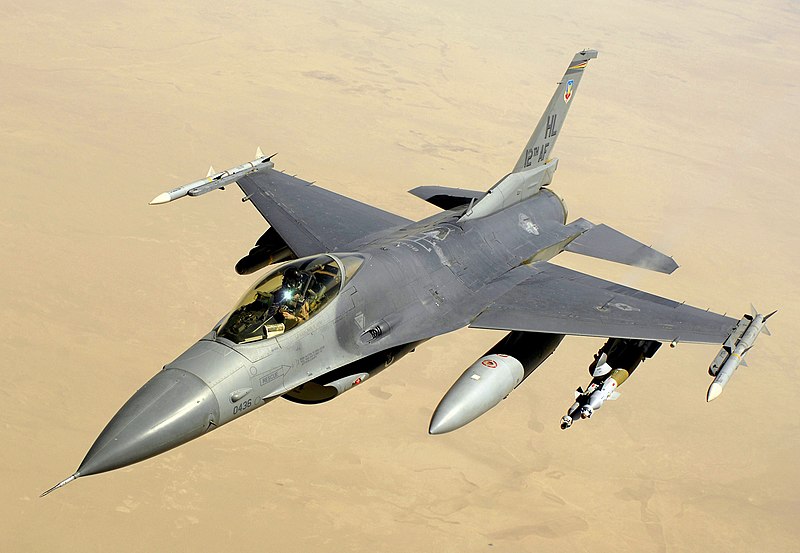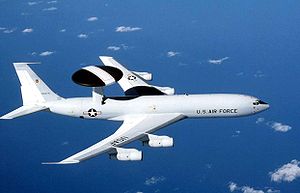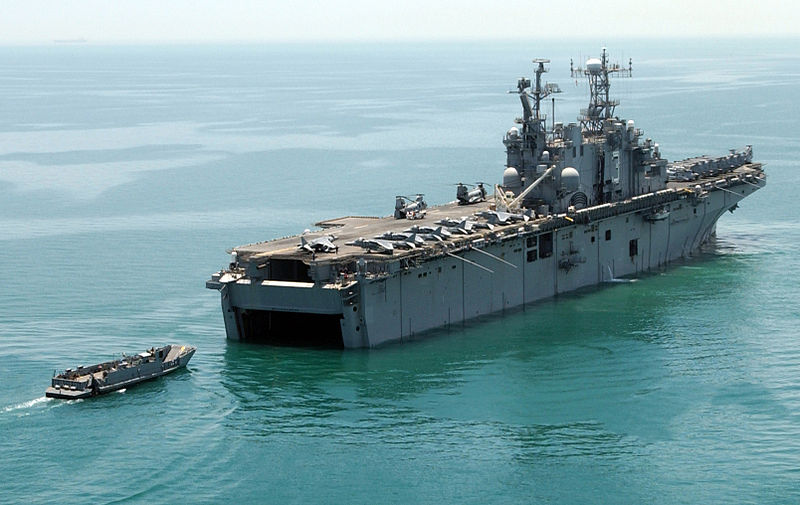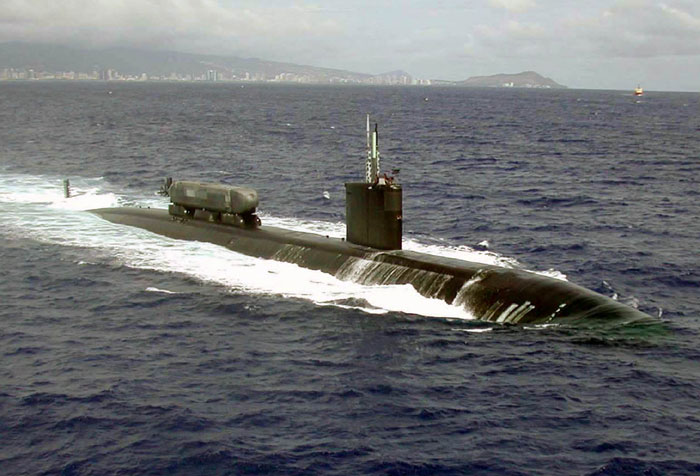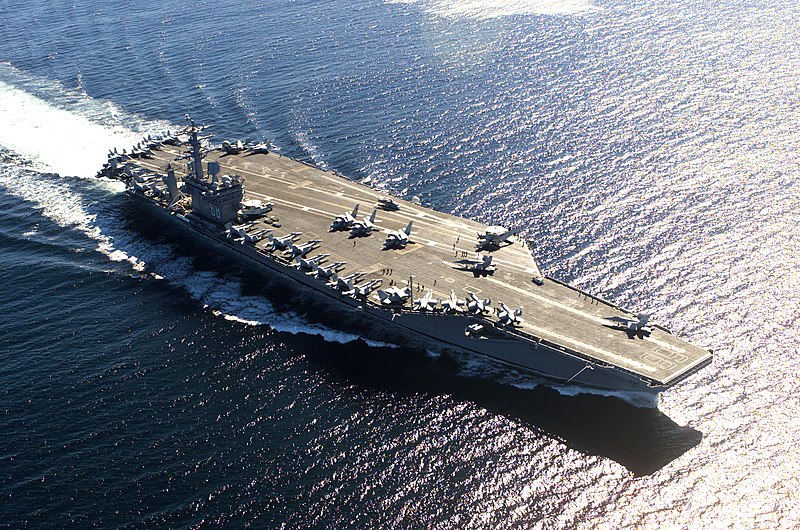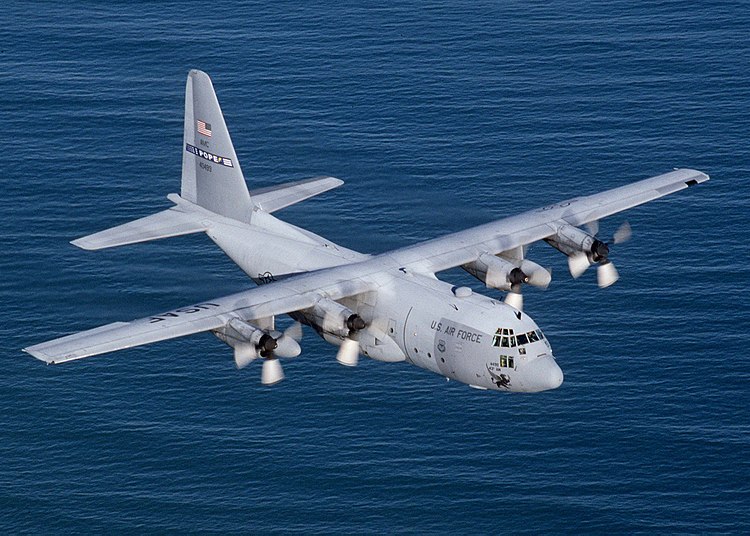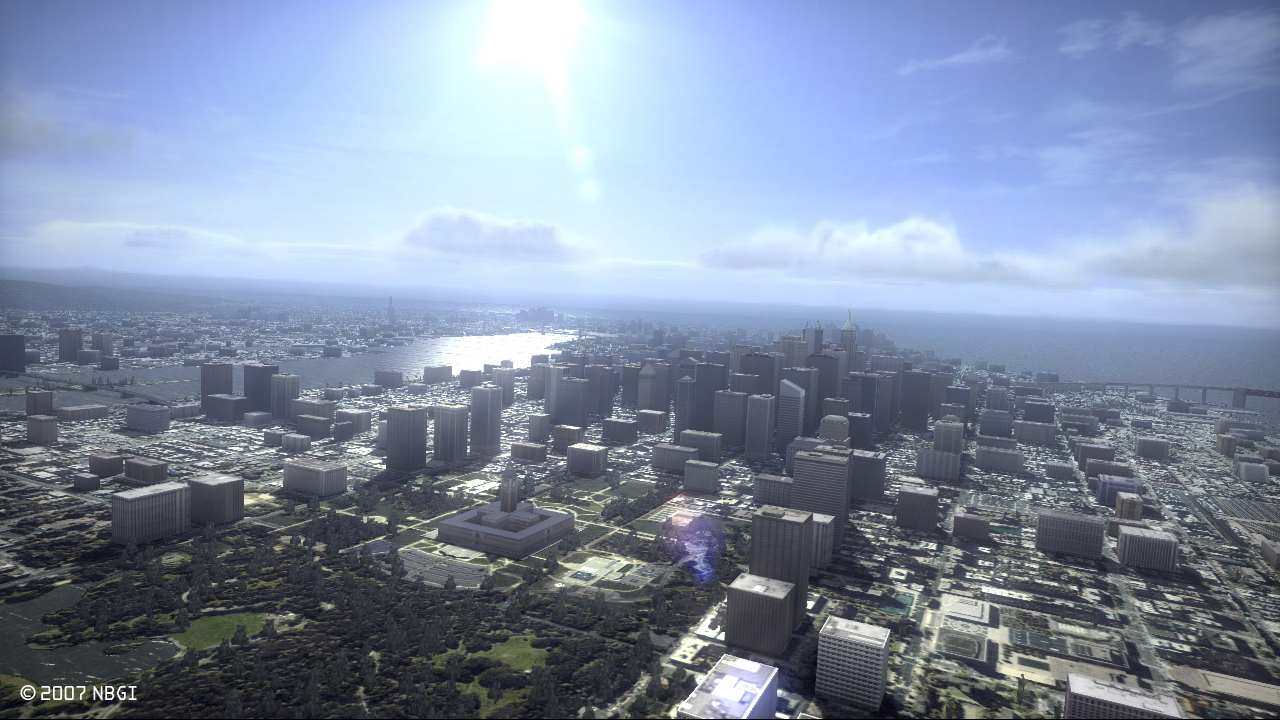
The Capital City of Fairweather is the center for much of Guruda's government, and is home to many elements of the military as well.
General Summary
As a growing nation of 500 million, the annual military budget is $407,936,206,591.45 (as of June 2011). So the military has had time to grow, but there is still strengthening to be done.
Years ago, Guruda's military service was required for two years. As the population grew, the plan was disbanded due to budget and now service is completely voluntary. There are two branches in Guruda's military, the Army (National Army of Guruda) and the Navy (Guruda Coast Defense), which has done exceptional strengthening over the past several years, and has been better concentrated on in terms of budget. Sevice lengths throughout the military consist of 4 year contracts for male and female citizens between ages of 18-45 (combat arms positions are only open to males). After those four years, they are welcome to re-sign as many times as they would like, pending permission from the military. Much of the new recruits come as regular enlistment into the rank of private (Army)/seaman recruit (Navy). Having a bachelors degree across any college or university in Guruda will make a member a specialist (Army)/seaman (Navy). Many Universities are a part of the Officer Training Program (OTP) which promotes military leadership courses on top of their regular field of study. Before they are accepted, the recruit has to pass the basic training of whatever branch they will serve in. If they pass training and earn their 4 year degree, they will become an officer in either the Army of Navy. Clearly the most prestegious University dealing with the military is the Gurudan Military Academy (GMA) located in the capital. The courses involved can be compared to a normal University in the country, but many courses are related to politics or other world issues. Graduation from the GMA results in the official ranking of 2nd Lieutenant (Army)/Ensign (Navy), and courses are taught by officers as well. Basic Training must be passed before the beginning of classes at the GMA.








